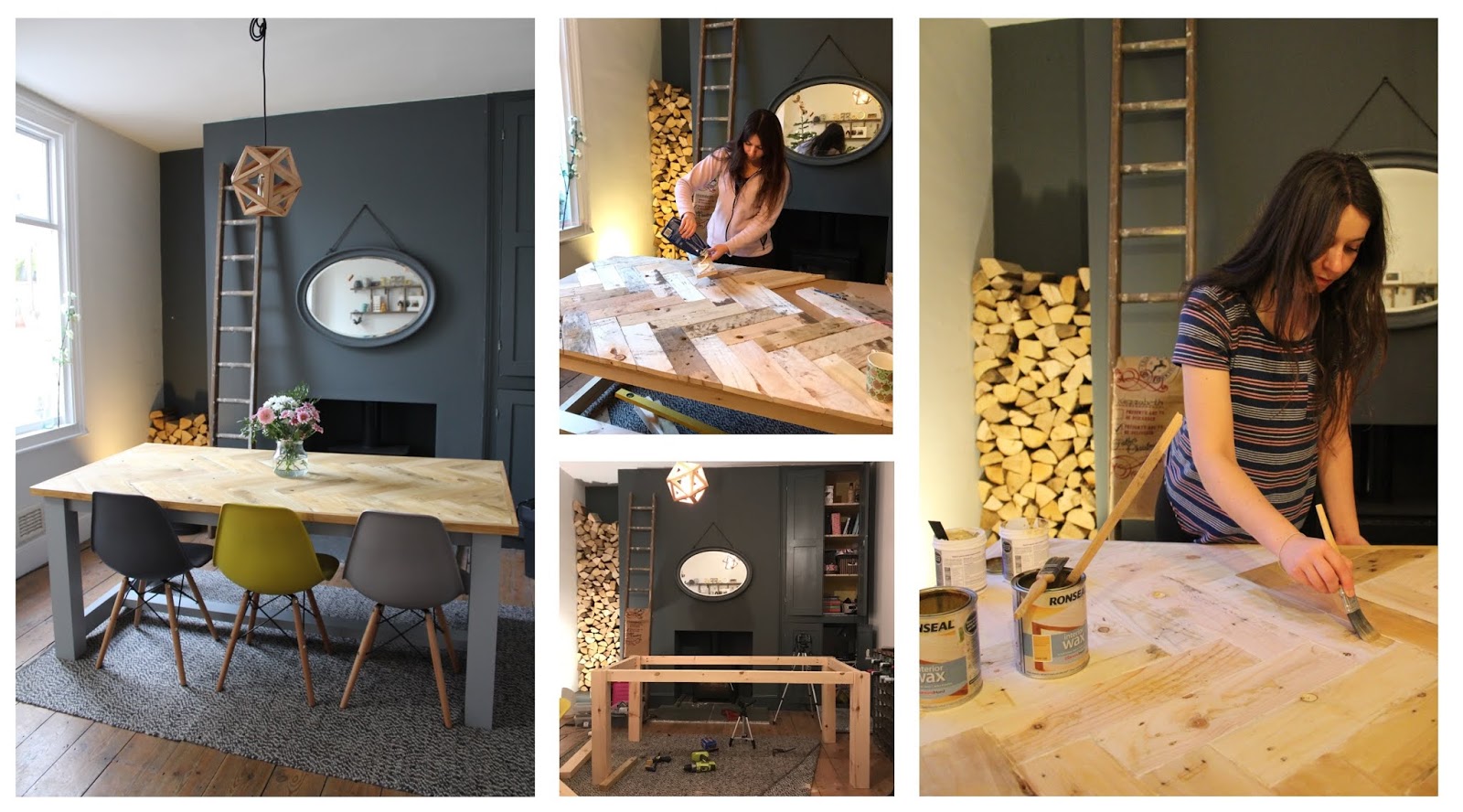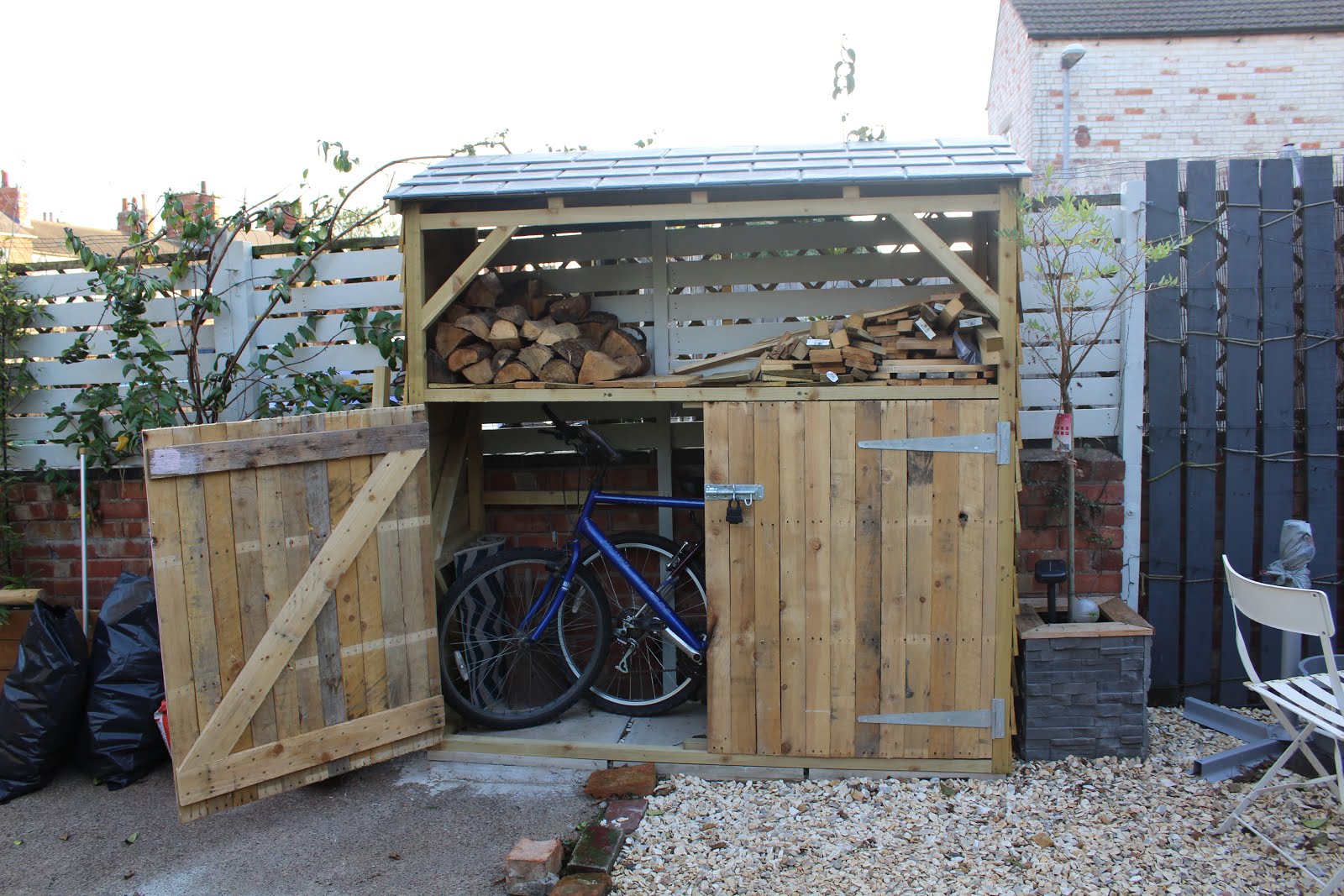
The ceiling is ALMOST done! It feels like it’s taken forever! Saying “we replaced the bathroom ceiling” doesn’t sound like a big job, but in reality, it’s been an incredibly time-consuming and mucky job. Ultimately, the ceiling is only one small part of our bathroom renovation and we have much much more work ahead of us to do. So, the end isn’t in sight just yet
In my last post, we had just finished putting plasterboard up onto the ceiling, but we had a couple of seriously large gaps in-between some of the boards. I decided to fix this problem by cutting some slithers of plasterboard to fill them in. I was a bit concerned that if we were to leave the gaps as they were, the ceiling would be far more likely to crack in the future.


Voila! Next up, we needed to apply jointing filler over the gaps. Back in October, I made a very large purchase for different supplies we would need throughout the coming months and part of this delivery was some scrim tape. I didn’t do any scrim tape research at the time; I thought scrim tape, was scrim tape, right? Wrong.
Turns out there are two different types of scrim tape, the self-sticking sort, and the paper sort. All the videos and tutorials I watched and read had used the self-sticking type and I didn’t know the other even existed. That was until I came to using the scrim tape I had bought. It wasn’t sticky! Had there been a
Apparently, this is what the ‘pros’ use as it’s stronger, but it’s also much much harder to use. Or so I learnt. It was really something of a nightmare! The idea is that you applying the jointing filler over your joints between the plasterboard first, then apply the tape over it, then adding more jointing filler over the top of that. Sounds easy enough? Wrong!
Firstly, to get the scrim tape to actually stick, you seemed to need to add A LOT of jointing filler to the ceiling. Like, more than necessary in my opinion. Secondly, the paper itself is quite thick and heavy, so unless you cut off small amounts at a time, the paper continuously seemed to roll off the ceiling. Thirdly, if there isn’t enough filler under the paper, or the paper isn’t pressed down firmly enough, bubbles would appear under the paper. Pain.In.The.God.Damn.Arse!
I found this stuff really really tricky to work with. Given the opportunity to switch the tape, I really would have done. I actually had to go back over the tape the next day and cut a few bubbles out and then re-fill. Ideally, I should have done this the same day before the filler had set, but quite frankly, I’d had enough of this stuff by that point! On further research, after I had done the job, some people had suggested wetting the scrim tape first to give it greater sticking-ability. I wish I had tried this. But alas, I got there in the end. I sanded it all down the next day, and at long last, we’re ready for plastering!



Moral of this story? Make sure you buy the right tape!! Happy Renovating.








No Comments